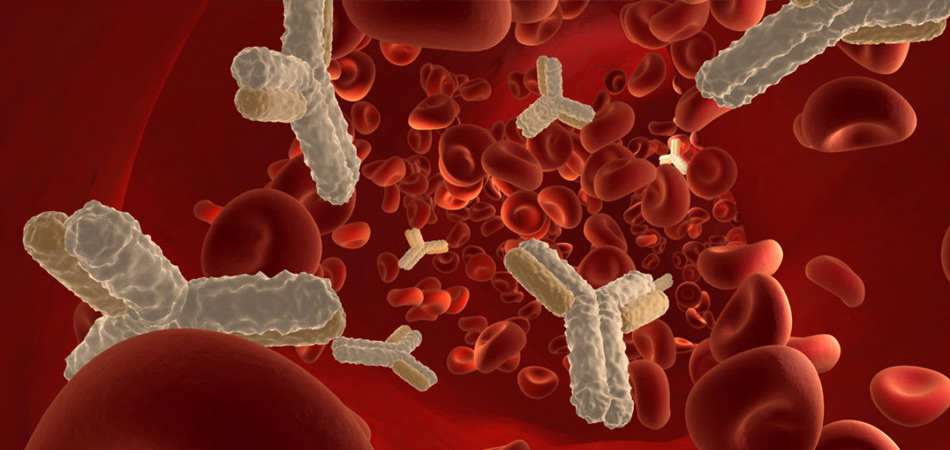Delhi | Kolkata
Bangalore | Chennai
Bone Marrow Transplant in India

What is BMT/Bone Marrow Transplant?
A bone marrow transplant (BMT) or a stem cell transplant is an advanced and complex treatment that is the only cure for some diseases.
Blood cancer, such as leukemia, lymphoma, myeloma, as well as thalassemia, aplastic anemia, and a few rare blood disease treatments bone marrow transplants. Also transplanted with multiple sclerosis, scleroderma and other diseases.
What is Stem Cell?
The stem cell is called the mother cell. This cell can increase its number by itself and also produce all types of blood cell.
Where and how are stem cells collected?
Steam cells are present in the bone marrow and in the umbilical cord blood of a newborn baby. However, the due to the G-CSF, a Growth factor drug, under the skin for 3 to 5 days, the bone marrow moves into the blood of the stem cell vein. Then it can be collected from the stem cell vein through the apheresis machine. It has no side effects except temporary body aches. Donor has to undergo general anesthesia to collect a bone marrow or bone, so that it doesn't hurt.
There are usually two types of stem cell transplants –
1). Autologous-
In this case, after first controlling the patient with chemotherapy, the stem cells are collected from the veins, using the G CSF-based growth factor 5 to 10 days under the skin.
2). Allogeneic-
Transplanting is usually done in other blood diseases, including thalassemia, aplastic anemia, leukemia, or blood cancer. Stem cell is collected from donor's bone marrow or veins. Donation of stem cells has no serious side effects. Bone marrow transplant is not a surgery.
Although there is a procedure for giving blood to the body, there are a few steps to follow:
1). Collecting stem cells: In the case of allogeneic transplantation, collection of stem cells is done from the Bone marrow or through the apheresis machine by selecting the HLA matching donor. In the case of autologous transplantation, the stem cells are collected from the patient's own stem cell vein.
2). The next complication of the transplant: The patient is treated for nausea and vomiting, mouth sores, diarrhea, infections, anemia, bleeding, etc., before and after the bone marrow transplant. Usually the patient is required to stay in the BMT cabin for 15 to 20 days.

Who can be a donor?
By donating blood of the same group, HLA tissue matching can save the life of others by donating a stem cell or bone marrow. If donor's stem cell or bone marrow transplantation is required, HLA tissue matching can be done.
Here the HLA test and matching is very important. The probability of having a 10/10 or 8/8 or 100% HLA match between your siblings is 25%. If HLA Tissue is matching 10/10 or 8/8 with someone in your relatives, he or she can donate bone marrow or stem cells.
Pre-transplant tests:
Several tests are performed before the bone marrow transplant, to identify any potential problems.
• Tissue typing and a variety of blood tests
• Chest X-ray
• Pulmonary function tests
• CT or CAT scans
• Heart function tests including an electrocardiogram and echocardiogram (ECG)
• Bone marrow biopsy
• Skeletal survey
* Conditions Apply

